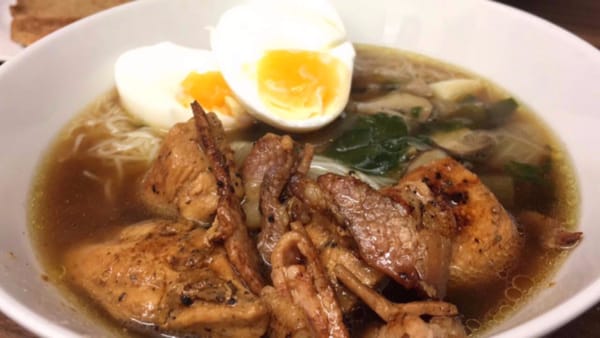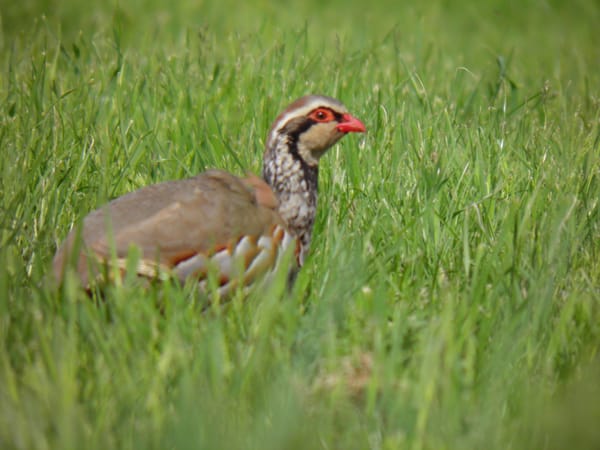From penne to puttanesca: an ode to pasta
Is there anything better than a plate load of carby-goodness?

If there was ever an argument for the inherent goodness of humanity and the progress of mankind, it can be summed up in a single word: pasta. This humble staple of our diet is probably one of the best reasons to be alive on this earth. Whether it’s long, worm-like spaghetti drenched in a carbonara sauce, or the old workhorse penne paired with basil pesto, there is little that’s more comforting after a long day.
Pasta can even have Proustian qualities: nothing takes me back to childhood faster than a bowl of delicate farfalline coated in my mum’s tomato sauce. We used to call it ‘baby pasta’, and it would be a special treat to comfort us on cold nights, or after time away from home. And the time I ate so much lasagne I made myself physically ill has gone down in family history.
I am sure that pasta has such associations for a lot of people, evoking a sense of warmth and familiarity. While pasta can hold personal meaning for the individual, it also takes on a wider cultural meaning: geographically, you can divide Italy into different pasta regions, from Sardinian fregula – round balls of semolina similar to couscous – to the Tuscan pici, whose thick shape resemble small snakes; you can also travel through history, seeing how pasta reflects the age in which it was made, with sheets of lasagne emerging very early, and complex shapes like radiatori and rotelle – almost Futurist in their evocation of machinery – requiring sophisticated equipment.
Finally, there’s the sheer linguistic joy that can come from pasta shapes: you may know that penne comes from the word for pen, and farfalle is named after butterflies, but what about gigli, ziti, or – my personal favourite – strozzapreti, which means ‘priest-stranglers’, a name whose etymology remains hotly contested.
Now that I’ve finished this little ode to my favourite carb, it’s time for a few recipes that can help you shake up your pasta routines:
PUTTANESCA
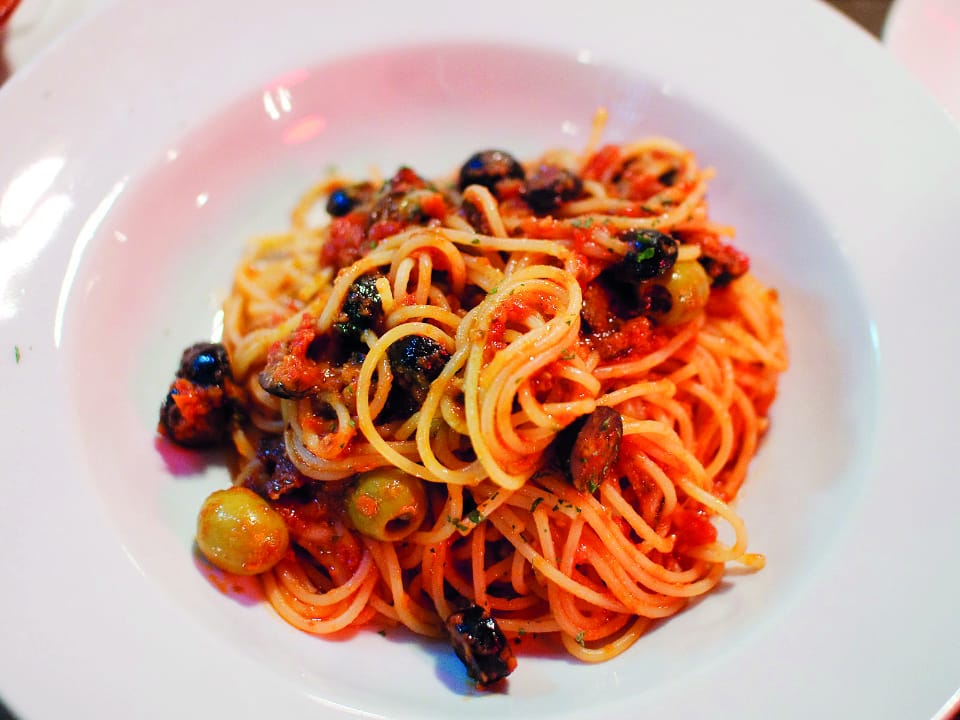
An alleged favourite of Italian courtesans (this is in no way true, but you can’t beat a good origin story), it’s been a long staple of mine for the simple reason that most of the ingredients come in tins.
- One tin of anchovies in olive oil
- 2-3 cloves of garlic, crushed
- Pinch of chilli flakes
- One tin of tuna
- Handful of black olives, sliced
- Handful of capers
- One tin of chopped tomatoes
- Your favourite kind of pasta
- Begin by heating the anchovies slowly in a frying pan, with their oil. Once they’ve melted, add the chilli and garlic, and fry until aromatic.
- Add the drained tuna, the olives, and the capers. Stir until it is all mixed up.
- Add the tin of chopped tomatoes, turn the heat to low, and simmer for 30-40 minutes until the sauce is thickened and reduced.
- Cook pasta according to packet instructions, and toss through with the sauce.
- Serve with plenty of parmesan.
BIGOLI IN SALSA
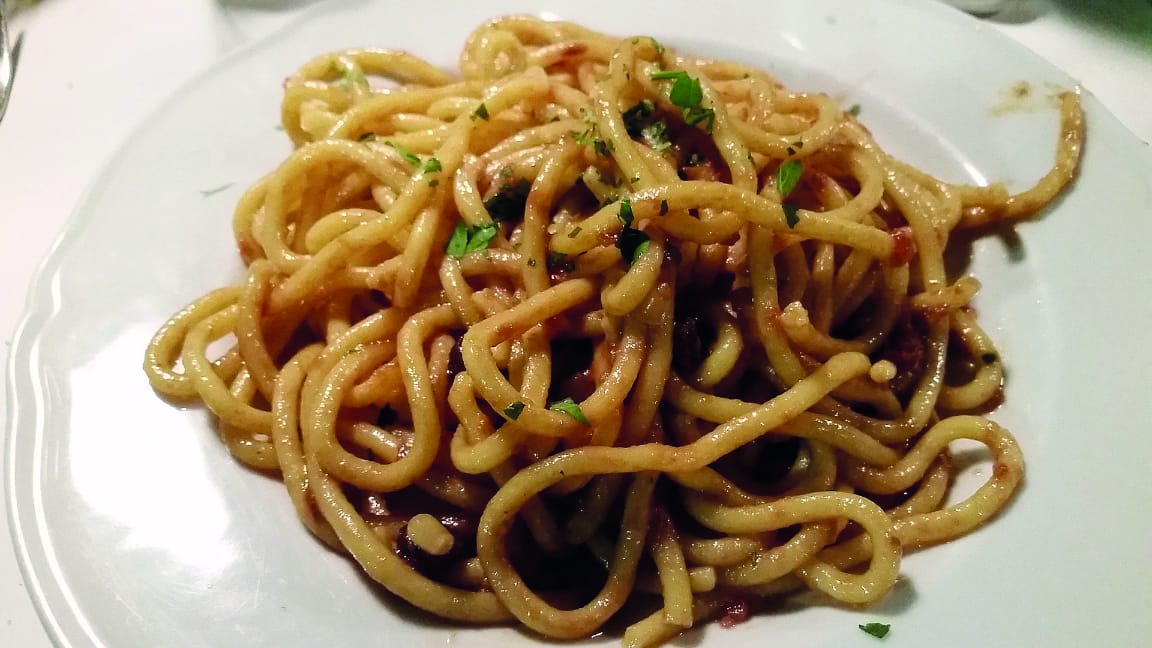
This is a classic dish from the Veneto region of Italy, which makes liberal use of one of my favourite ingredients: anchovies. Traditionally it is served with bigoli – long, hollow tubes of pasta. They’re found in specialist shops, but if you can’t get any spaghetti is a good replacement.
- One white onion, thinly sliced
- One tin of anchovies in olive oil
- Splash of vermouth, or other dry wine
- Knob of butter
- Long pasta, e.g. bigoli, spaghetti, linguine
- Bring a pan of salted water to the boil.
- Heat the olive oil from the anchovy tin in a frying pan over a low heat and add the onions.
- Fry the onions gently until very soft – about 15 mins – and then add the anchovies, stirring so they melt.
- Once the anchovies have melted, add a splash of vermouth and reduce down. Meanwhile, cook the pasta to packet instructions.
- Drain the pasta and toss through with the anchovy-onion sauce, plus a knob of butter.
BROCCOLI RIPASSATI
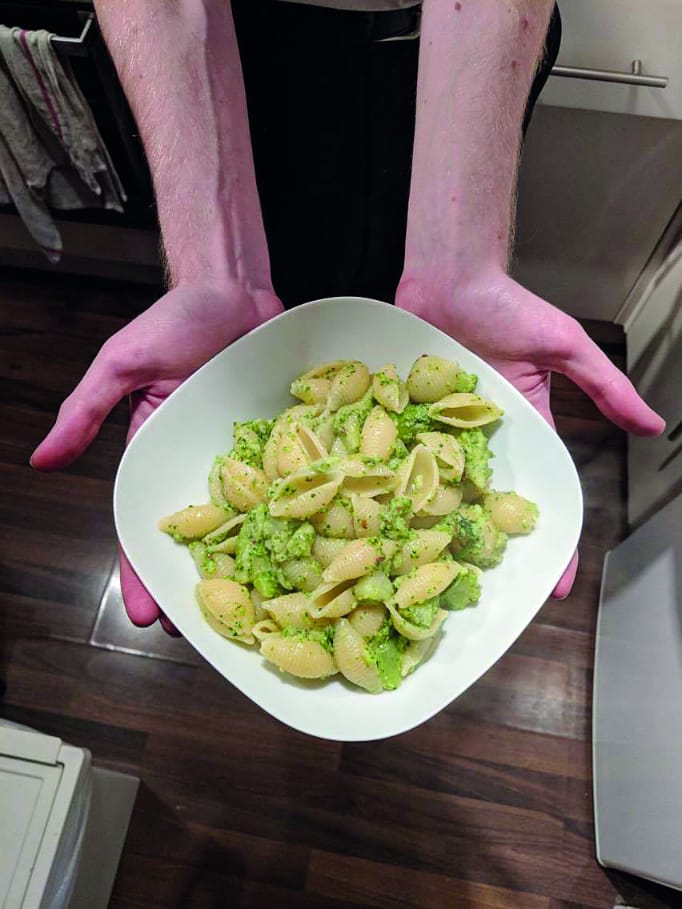
Ripassere is the verb ‘to revise’ or ‘to go over’. It’s a cooking technique in which the food is cooked twice: in this case, broccoli is first boiled until tender, and then sautéed with plenty of olive oil to make a super speedy pasta-sauce which only requires two pans.
- One head of broccoli
- 6 tbsp of extra virgin olive oil
- 2-3 cloves of garlic, crushed
- Pinch of crushed chilli
- Short pasta, e.g. penne, conchiglie, farfalle
- Bring a large pan of salted water to the boil
- Cut off the florets of broccoli and slice off the woody outer layer of the stem. Cut the stem into small chunks.
- Place the broccoli into the boiling water and cook for around 10 minutes, until tender.
- While the broccoli is cooking, heat the oil in a frying pan and gently fry the garlic and chilli until the garlic is aromatic and golden – don’t let it burn!
- Remove the broccoli from the pan with a slotted spoon or sieve and add to the hot oil, stirring around to break it up.
- Boil the pasta in the broccoli water according to packet instructions. Continue to stir the broccoli until it breaks down into a smooth sauce. Add some pasta cooking water if it looks dry.
- Drain the pasta and toss through with the broccoli sauce. Serve with parmesan.




